Apple iPhone 11 review: A high-octane crowd pleaser
The successor to the XR offers outstanding performance at a cut-price rate
The iPhone 11 delivers the minimum you’d expect from a flagship Apple handset, including supreme performance, while offering surprises in the form of a much stronger battery and a more affordable price tag. A handful of pitfalls and a lack of innovation detract from an otherwise delightful smartphone that offers something for everyone.
-
+
Blistering power; Much-improved battery; Lower price point
-
-
Wide notch; Last-gen display; No 3.5mm jack; Lacking innovation

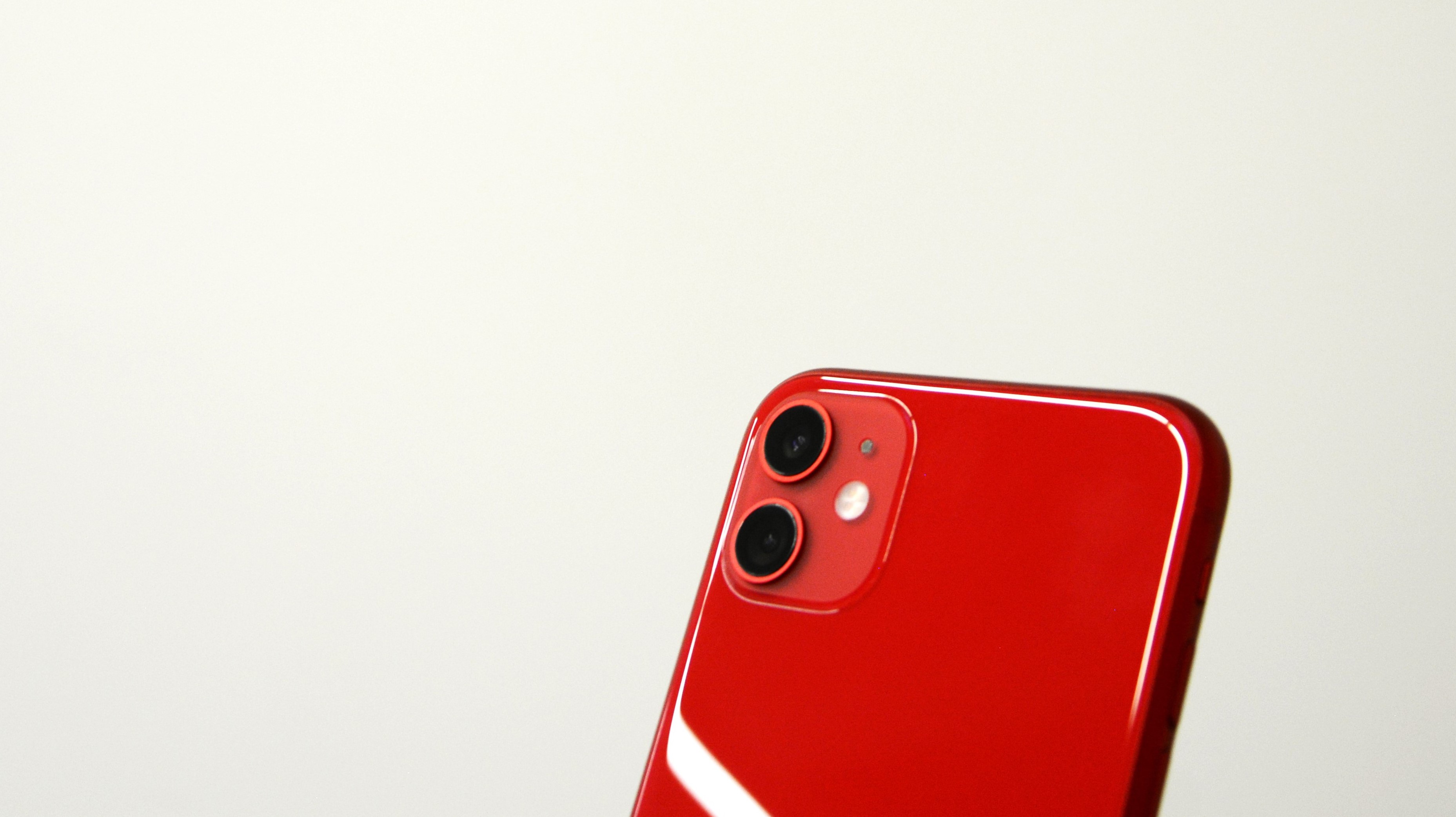
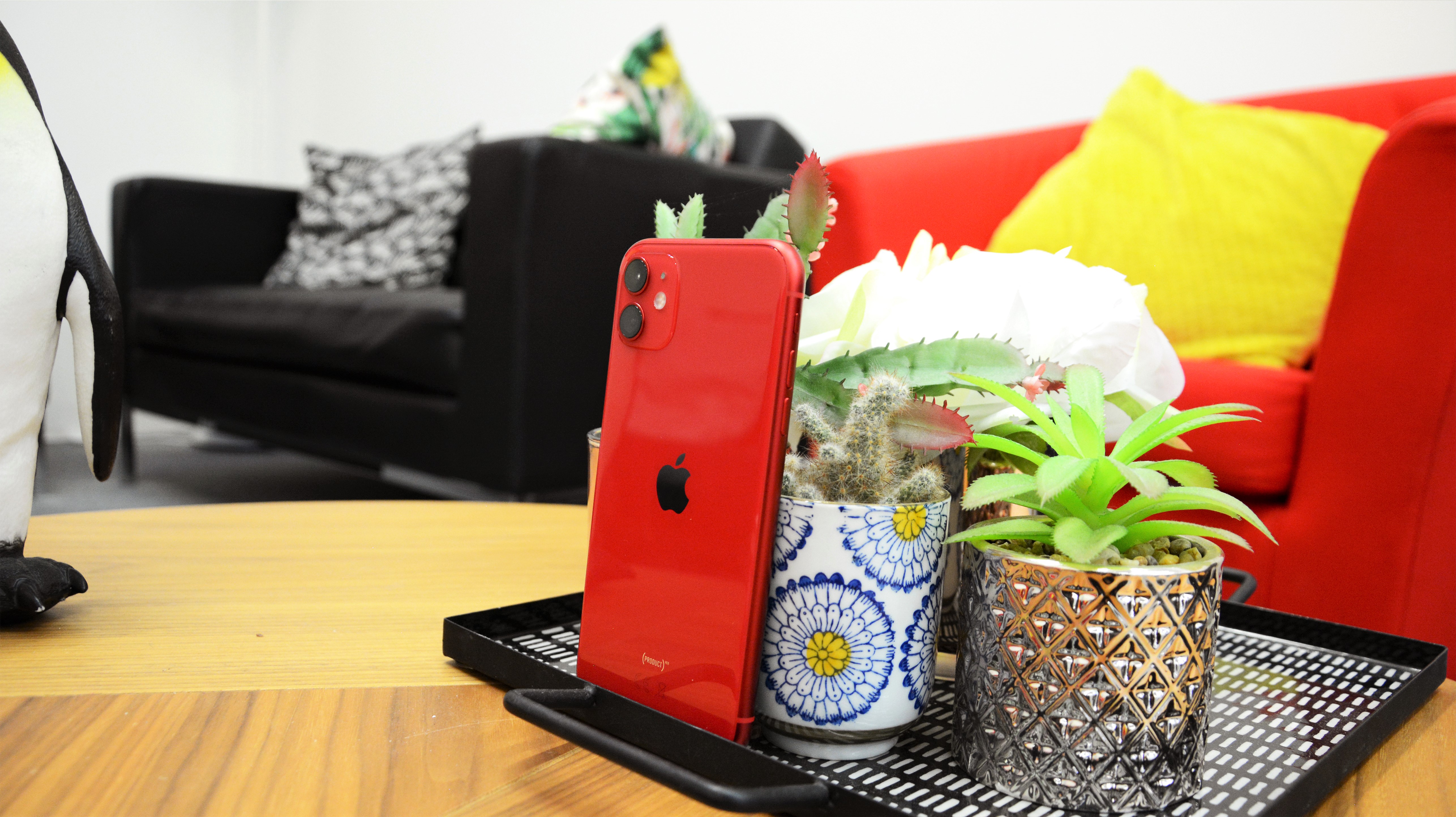
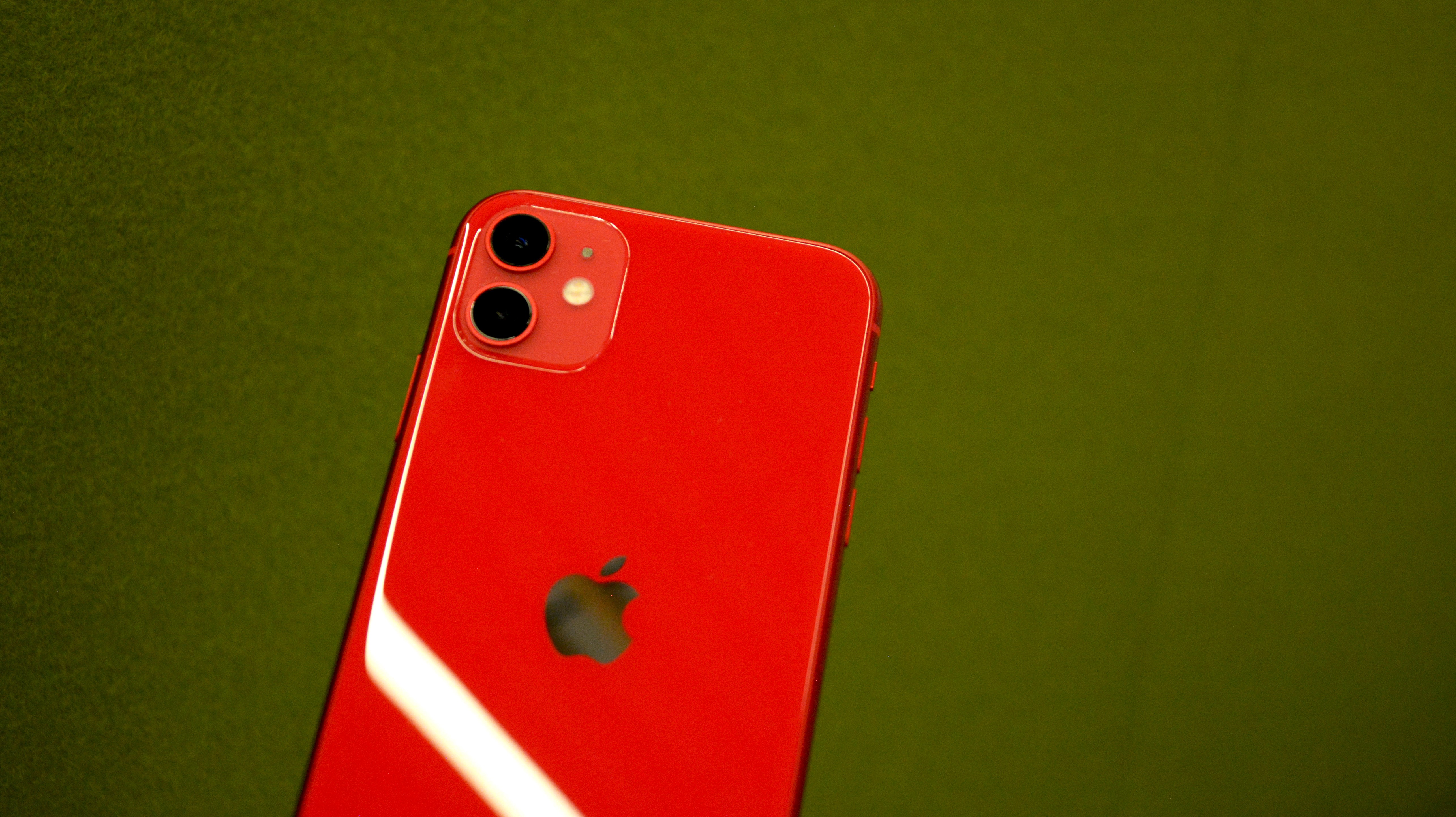
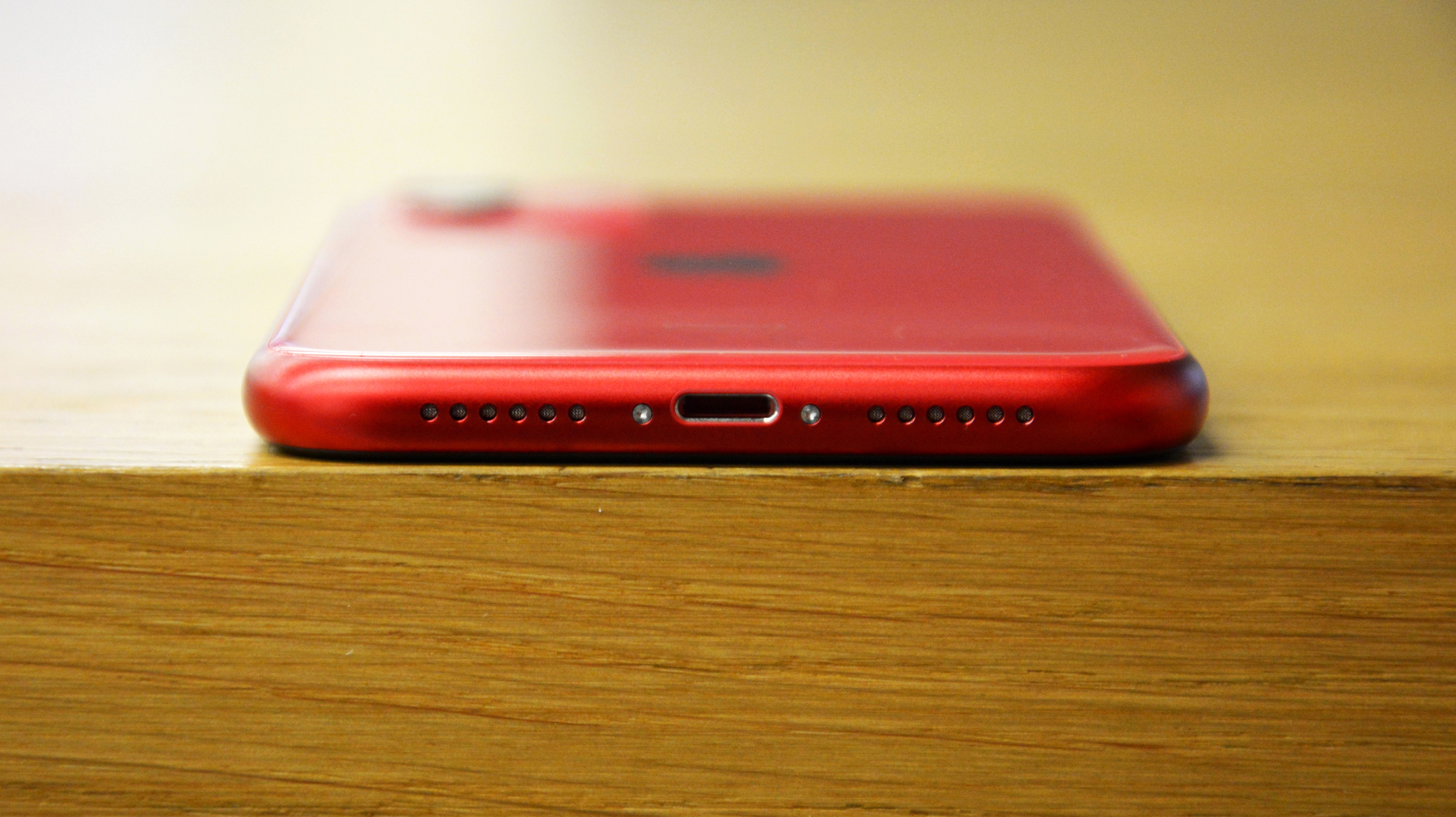
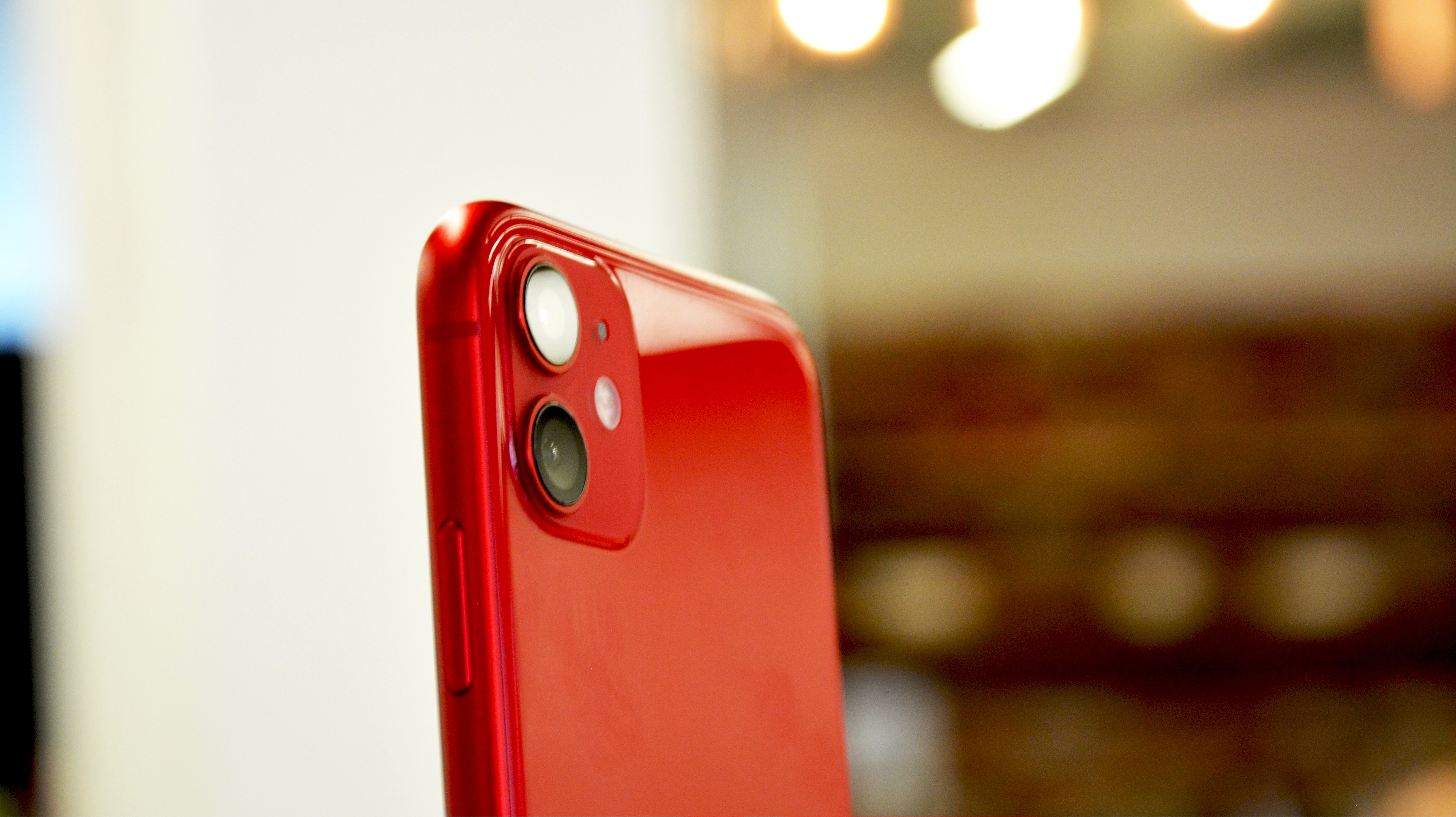
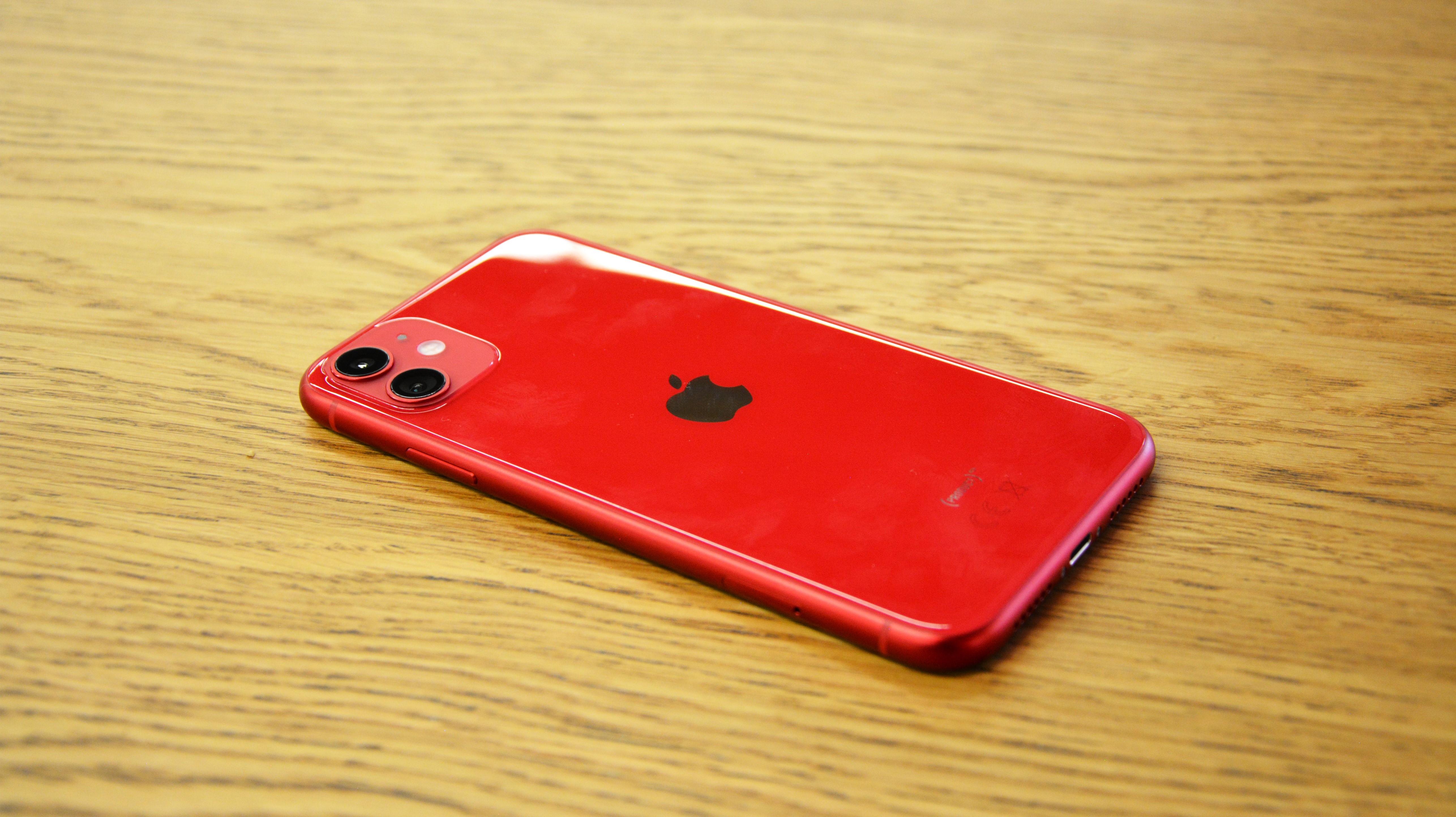
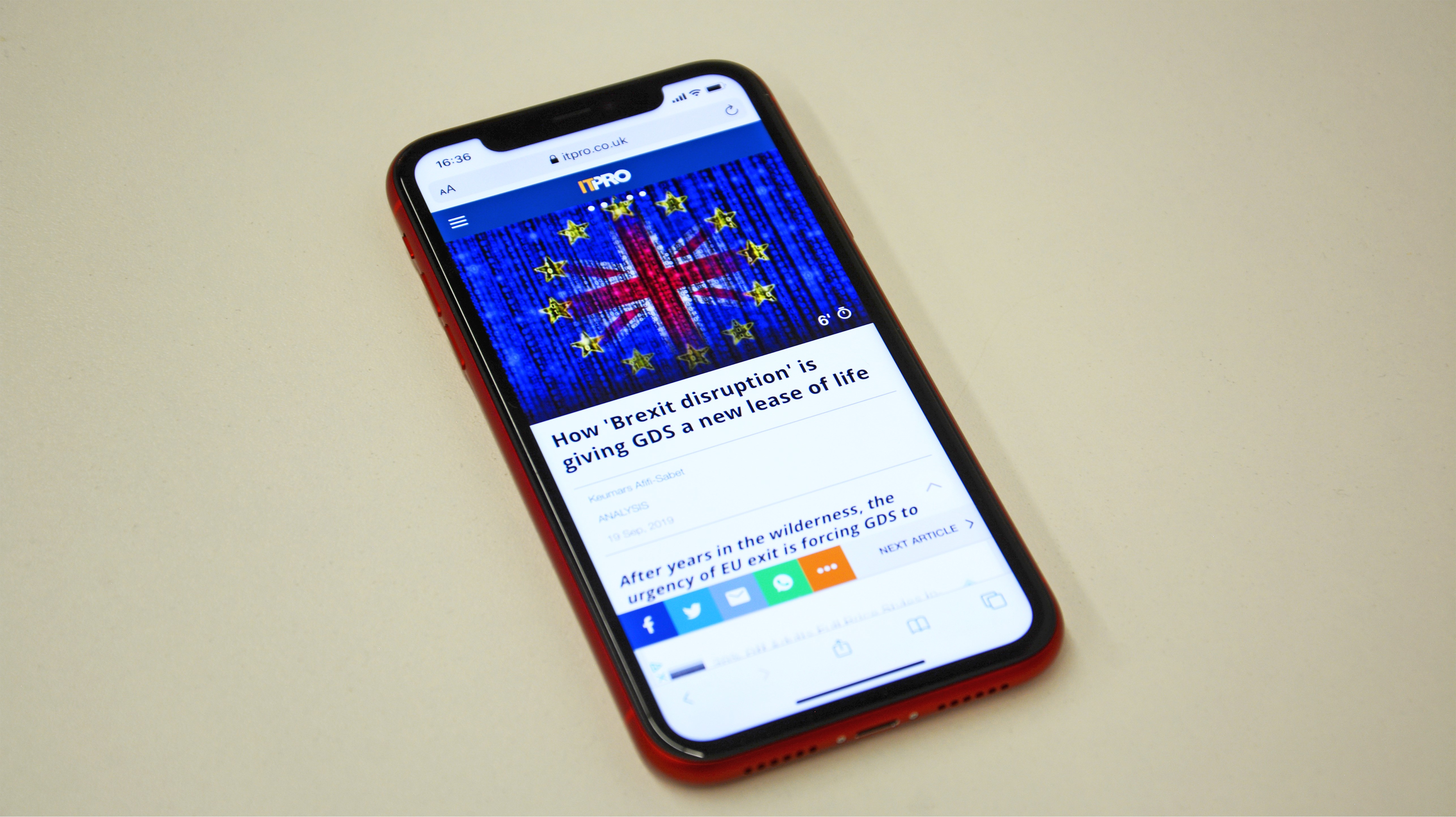
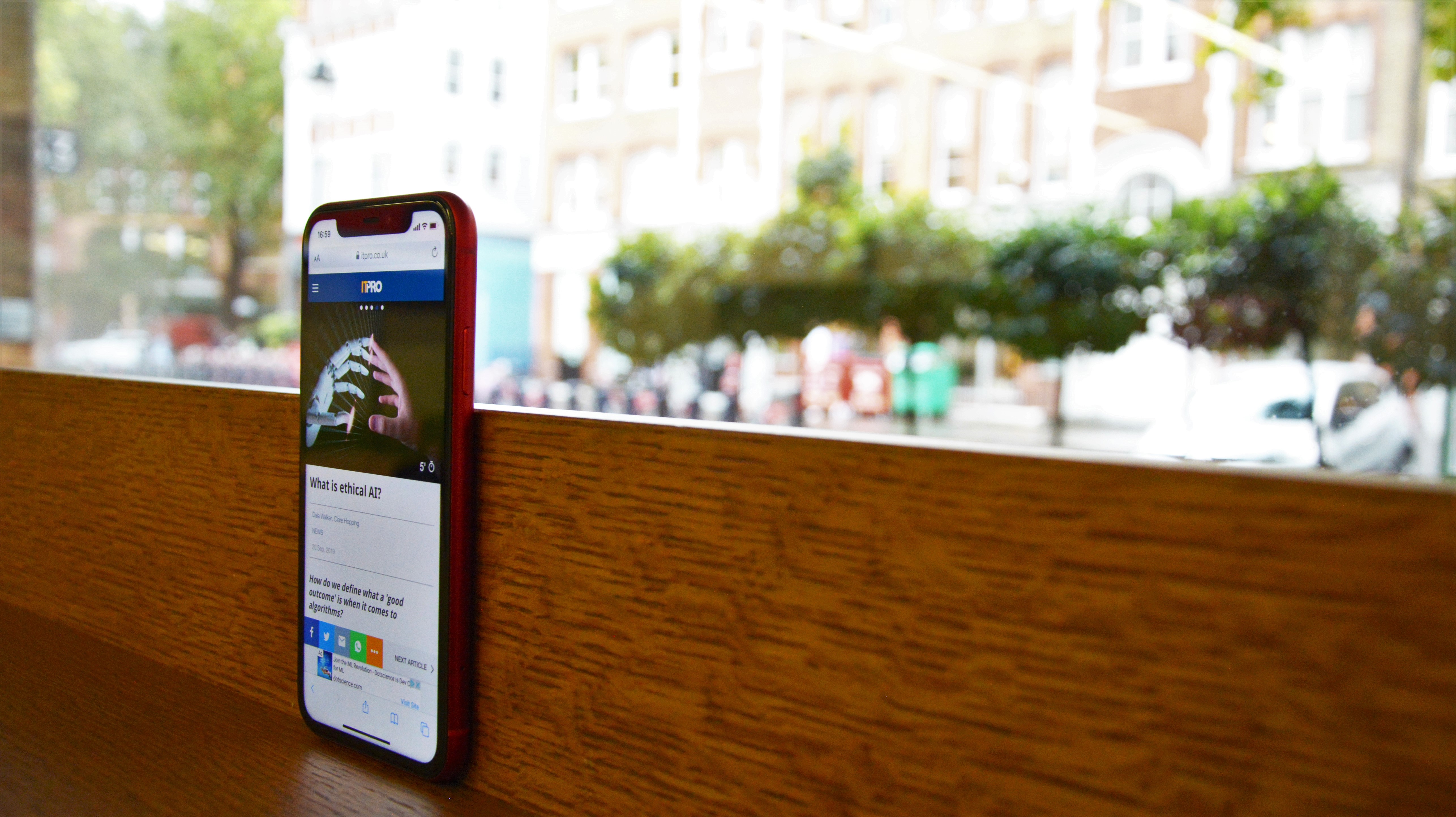

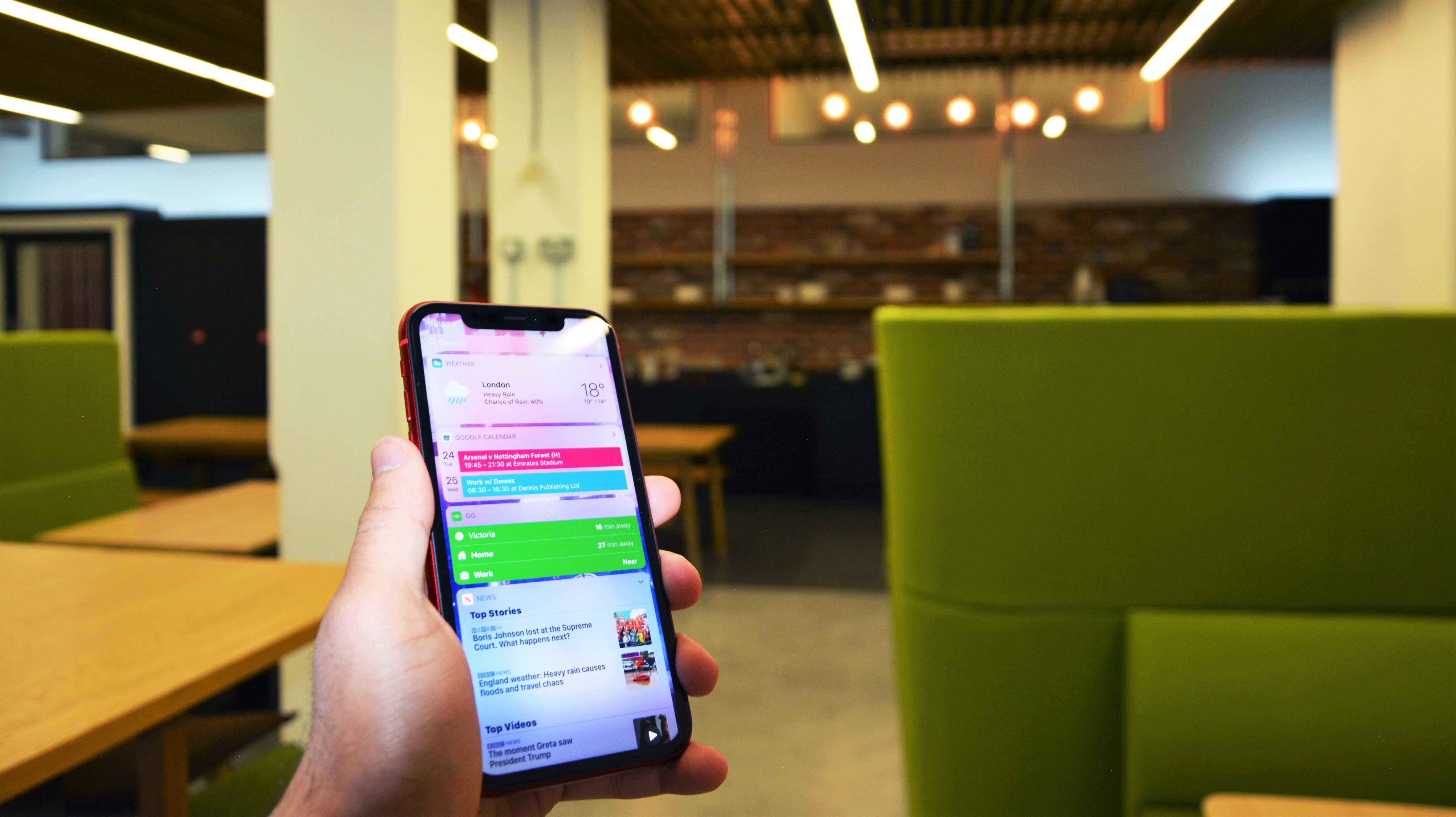
Expectations are always high ahead of an iPhone launch, growing in recent years with a sea of competitors nipping at Apple's heels. The yet-to-be-released Google Pixel 4 and Huawei Mate 30 Pro, for example, are both highly anticipated units, and command loyal followings.
Apple has forged a track record for making game-changing handsets, whether in terms of hardware, user experience or pure aesthetic value. The leap from iPhone 3G to 4, for example, was staggering at the time. But this reputation has slipped in recent years. While its powerful hardware remains unchallenged, modern iPhones are generally lacking in some features now common in high-end Android devices.
The iPhone 11 bears a striking physical resemblance to the budget-friendly iPhone XR, and is also slapped with a massive reduction in cost, making it competitive with the likes of the Samsung Galaxy S10 and Huawei P30 Pro.
Despite this, we're surprised by how well Apple has been able to build on high performance levels with the iPhone 11, while also addressing major weaknesses found in previous models.
Apple iPhone 11 review: Design
The iPhone 11 marks the first time Apple has released a smartphone since the departure of Jony Ive, regarded as the man responsible for crafting the iPhone look. It's unclear what effect Ive's absence will have on the iPhone's development, but what's clear is that Apple has decided to play it safe with the 11's design and build, replicating the XR almost entirely. We can't really knock the iPhone XR's looks, it's just a little disappointing that so little has been changed.

The handset features the XR's matte-finished aluminium build with a smooth, glossy glass-coated finish on the rear-side. The dimensions, too, are identical, as is the 194g weight and 6.1in display. This makes for a smartphone that looks and feels just as good to hold in your palm as its predecessor, but does smack of a missed opportunity to try something new.
The iPhone 11's retro outer coats, on the other hand, are fresh and fun, with tones of mint-green, pale yellow and lilac looking good. We were supplied with a handset draped in Apple's striking Product (RED) finish, however. This divides opinion, and many consider it abrasive, although we've personally always found it an exquisite design choice.
Size-wize, its dimensions are roughly similar to its leading Android rivals; more slender than the 6in Google Pixel 3a XL, but bulkier in relative terms than the 6.4in Samsung Galaxy S10+. The presence of a wide notch, meanwhile, at a time where the industry is moving towards limiting its size or removing it altogether, is a disappointment.
The main upgrade comes in the form of the rear dual-lens camera configuration, which is mounted on a matte glass frame in the upper-left corner. This makes for an appealing visual contrast, but the phone does rock slightly when planted face-up on a flat surface. A sturdy jacket or case should eliminate this problem though.
As with previous Apple devices, the 3.5mm headphone jack continues its spell in the wilderness, and a dedicated fingerprint reader is also lacking again; Apple is instead relying on its Face ID mechanism.
Apple iPhone 11 review: Display
The iPhone 11 features a 6.1in edge-to-edge IPS display with thicker borders than the Pro and Pro Max models. It's identical to the display fitted into the XR, with upgrades reserved only for the iPhone 11's higher-end iterations.
Regardless, the 1792x828 LCD panel, with a 326ppi pixel density, is still crisp enough to the untrained eye. There are noticeable differences between the improved 458ppi panel fitted into the Pro and Pro Max models, however, seen when comparing video playback on the devices side-by-side.

As good as the screen looks in principal, our test results were mixed. A high-scoring 95.7% sRGB coverage of the colour gamut and contrast ratio of 1,563:1 indicates strong and vibrant colours, but a maximum brightness of 567cd/m2 is lower than we'd expect.
While this is by no means a bad result and indeed far stronger than the vast majority of its Android rivals, including the Pixel 3a XL, P30 Pro and OnePlus 7 it's below the XR's result of 684cd/m2. It's even a tad dimmer than the iPhone 8's 577cd/m2 display. That said, the outrageously bright Samsung Galaxy S10+ was among the only devices to score higher, registering 1057cd/m2.
We'd have liked to see some innovation on this front. The OnePlus 7 Pro's stunning AMOLED panel, for example, is capable of a 90Hz refresh rate versus Apple's maximum of 60Hz. This is a trend smartphone manufacturers are increasingly adopting, and a feature that's difficult to go back from once you've used it.
Elsewhere, Apple's iOS13 also offers a True Tone setting that adapts the iPhone display based on ambient lighting conditions to make colours appear more consistent, and a Night Shift setting that warms the display during the evening to reduce eye-strain. These are now commonplace in the majority of devices, and work effectively with Apple's LCD display.
Apple iPhone 11 review: Hardware and performance
With the hepta-core A13 Bionic chip, Apple continues its reputation for building incomparable mobile CPUs. The iPhone 11, Pro and Pro Max models all feature the same powerful 7nm chip, and 4GB RAM, which means that performance isn't sacrificed with the lower price tag.
While the Samsung Galaxy S10 and Huawei P30 Pro prove powerful alternatives, the latest iPhone represents more bang-for-buck, with the added benefit of being the fastest phone we've tested to date, bar its Pro and Pro Max cousins.
Our testing via Geekbench 5 produced a blistering single-threaded score of 1,334, and 3,417 for multi-threaded performance. By way of comparison, the Huawei P30 Pro, fitted with the Kirin 980 processor, scored 694 and 2,455 respectively, while the Samsung Galaxy S10 registered scores of 823 and 2,271. Alternative benchmarking also generated scores of 9,451 for the iPhone 11 versus 7387 for the iPhone Xs, for example, and 6,627 for the Samsung Galaxy S10+.

The battery, on the other hand, has traditionally been the iPhone's Achilles' Heel for as long as we can remember. Thankfully, Apple has addressed this. Lasting a solid 18hrs 36mins in our battery test, this is almost twice as long as the lifespan of the original iPhone X, and bests the iPhone Xs Max's 14hrs 18mins comfortably.
It means the iPhone can now hold its own where it would have previously been roundly beaten. The OnePlus 7, S10+, P30 Pro can still boast a battery that exceeds 21hrs, but the iPhone 11 comfortably pips the Google Pixel 3a XL's 16hrs 57mins lifespan.
Although the iPhone does feature fast-charge functionality, the power adapter must be purchased separately. The packaged power adapter, otherwise, takes a sluggish 4hrs to fully charge a depleted device.
Apple iPhone 11 review: Camera
The dual-lens setup featured in the iPhone 11 comprises two 12MP wide and ultrawide lenses that combine well to deliver a smooth experience. It's a slight tweak to the iPhone Xs and Xs Max camera arrangement, with an ultrawide lens replacing the telephoto lens, and represents more of a lateral shift than a major upgrade.

The camera takes crisp and clear photos, and the transition between the wide and ultrawide lens allows for pristine landscape photos, as seen above. But the arrangement isn't anywhere near as sophisticated as setups embedded in many leading Android handsets, namely the Samsung Galaxy S10+ and P30 Pro, which both deliver outstanding photography experiences.
That said, the iPhone 11 camera produces perfectly adequate photographs that are crisp and vibrant, with software-based improvements in iOS 13, such as additional presets in Portrait Mode, and an adjustable aperture, making for a refined overall experience. The camera also shoots very well in poorly-lit conditions. Unfortunately, there's no optical zoom beyond x2.
Apple iPhone 11 review: Software and features
With iOS 13, Apple's bundled in a swathe of additions that improve on its famously accessible operating system (OS), putting aside several minor glitches that have since been patched with iOS 13.1.
The long-awaited Dark Mode skin looks great, and it'll also be available for third-party developers to integrate into their own apps soon. This joins features like Sign in with Apple, which lets you use your Apple ID to sign into sites and apps without relying on social media logins, as well as improvements to Siri and the camera UI. Augmented reality (AR) functionality has also been improved, with ARKit 3 allowing objects to pass behind or in front of people in the real world. It's particularly useful in the Measure app, which works delightfully well.

Where many manufacturers have opted for an in-screen fingerprint reader, Apple has instead put all its weight behind Face ID, which works well at a variety of angles and lighting conditions, although we found it struggled to identify a person's face when they were wearing sunglasses.
Despite this, you can't help but feel it embodies a deeper issue with the iPhone 11's lack of innovation. While many device-makers are experimenting with new features, the latest iPhone is effectively a carbon-copy of last year's model. To put this into perspective, last year's Huawei Mate 20 Pro featured an infrared emitter that doubled as a TV remote, as well as reverse-wireless charging. Removing the notch, as the Samsung Galaxy S10+ has, also represents a valiant effort to improve on edge-to-edge smartphone design.
Apple has also glossed over 5G entirely in the latest family of iPhones, with no signs as of yet of the next-gen networking technology making its way to future editions either. It's a glaring omission at a time when 5G-ready smartphones are becoming increasingly commonplace, but not too costly at this stage given coverage will likely remain thin for many months to come.
Apple iPhone 11 review: Verdict
The iPhone 11 is a powerful and appealing successor to the XR, fitted with a stronger processor and better camera arrangement. This device breaks no new ground but otherwise delivers the minimum of what you'd expect from a high-end Apple device, with the added bonus of a long-lasting battery.

The lack of innovation and 5G support does dock some marks, especially in a landscape where rival handsets are readily experimenting reverse-wireless charging, for example, is quickly becoming a standard. But a great aesthetic, reduced price tag and blistering performance mean the iPhone still makes for a very enticing offer.
The iPhone 11 is a high-octane crowd pleaser that offers something for everyone. While lacking the bells and whistles of its Android competitors, Apple's flagship smartphone is still one of the best-looking and best-performing smartphones available.
The new iPhone 11, 11 Pro and 11 Pro Max are now available to buy at Vodafone UK
| Processor | Hepta-core A13 Bionic |
| RAM | 4GB |
| Screen size | 6.1in |
| Screen resolution | 1782 x 828 |
| Pixel density | 326ppi |
| Screen type | IPS LCD |
| Front camera | 12MP f/2.2 |
| Rear camera | 12MP f/1.8 wide, 12MP f/2.4 ultrawide |
| Dust and water resistance | IP68 |
| 3.5mm headphone jack | No |
| Wireless charging | Yes |
| Connection type | Lightning port |
| Storage options | 64GB, 128GB, 256GB |
| Memory card slot | No |
| Bluetooth | 5.0 |
| NFC | Yes |
| Cellular data | Yes |
| Dual SIM | No |
| Dimensions (WDH) | 150.9 x 75.7 x 8.3mm |
| Weight | 194g |
| Operating system | iOS 13 |
| Battery size | 3,110mAh |
Get the ITPro daily newsletter
Sign up today and you will receive a free copy of our Future Focus 2025 report - the leading guidance on AI, cybersecurity and other IT challenges as per 700+ senior executives

Keumars Afifi-Sabet is a writer and editor that specialises in public sector, cyber security, and cloud computing. He first joined ITPro as a staff writer in April 2018 and eventually became its Features Editor. Although a regular contributor to other tech sites in the past, these days you will find Keumars on LiveScience, where he runs its Technology section.
-
 ‘Phishing kits are a force multiplier': Cheap cyber crime kits can be bought on the dark web for less than $25 – and experts warn it’s lowering the barrier of entry for amateur hackers
‘Phishing kits are a force multiplier': Cheap cyber crime kits can be bought on the dark web for less than $25 – and experts warn it’s lowering the barrier of entry for amateur hackersNews Research from NordVPN shows phishing kits are now widely available on the dark web and via messaging apps like Telegram, and are often selling for less than $25.
By Emma Woollacott Published
-
 Redis unveils new tools for developers working on AI applications
Redis unveils new tools for developers working on AI applicationsNews Redis has announced new tools aimed at making it easier for AI developers to build applications and optimize large language model (LLM) outputs.
By Ross Kelly Published
-
 Google layoffs continue with "hundreds" cut from Chrome, Android, and Pixel teams
Google layoffs continue with "hundreds" cut from Chrome, Android, and Pixel teamsNews The tech giant's efficiency drive enters a third year with devices teams the latest target
By Bobby Hellard Published